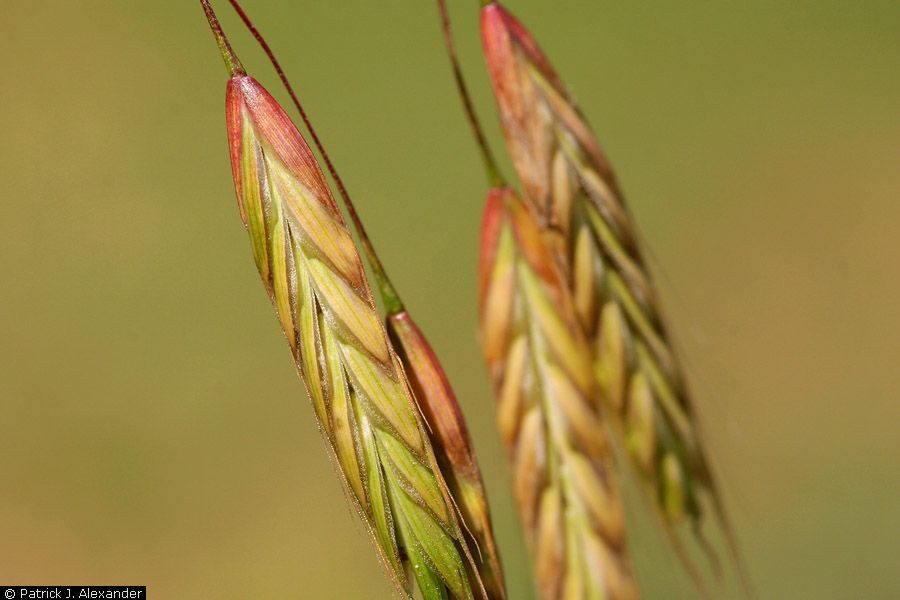Events
Modern approach to quantifying ungulate carrying capacity
Webinar recording. Presented by: Matt Reeves Estimating the number of animals that can be sustainably supported depends on numerous factors such as forage quantities, terrain, distance from water, and the type of vegetation being considered. Historically most approaches to conducting capacity estimates were limited by a paucity of spatially explicit data describing these factors. However, recent advances…
Native Seed in Restoration Virtual Workshop- Recordings Available
Workshop recordings. Description: The workshop aims to bring together experts working in seed-based restoration around the world to discuss key elements of the native seed supply chain. This event is organized in conjunction with INSR, BLM, SER, TNC, and with assistance from the Great Basin Fire Science Exchange. This workshop has been approved for continuing…
NASA System-Wide Safety Wildland Firefighting Operations Virtual Workshop
Workshop recordings. The aim of this workshop is to better understand how NASA and community expertise can be leveraged in the development of systems that monitor, assess, mitigate, and assure safety concerns of dynamic operations in challenging work environments. The primary goals are to: Identify and prioritize top safety-oriented risks, gaps in capabilities, and emerging…
OBIWAN app: Estimating property-level carbon storage using NASA’s GEDI Lidar
Webinar recording. Presented by: Sean Healey and Zhiqiang Yang Forest managers increasingly require statistically grounded estimates of forest carbon storage at the resolution of individual ownerships (a few thousand acres). Carbon offset markets and general recognition of climate change mitigation as an ecosystem service provide incentive for monitoring carbon, but stand exams are costly, and varying methods may reduce…
Basic identification of grasses: A 2-day short course
The Basic Identification of Grasses two-day short course covers the unique taxonomy of about 50 different grasses and grass-like plant genera. This class is for beginner through intermediate agrostologists and will include basic terminology, dissection, and use of a dichotomous key for identification. You will also learn how to collect and press grasses for future…
Influence of grazing and weather on sagebrush birds
Webinar recording. Description: Effects of juniper encroachment and removal on multiple wildlife species in the Steens Mountains area and quantifying effects of grazing on sagebrush ecosystems and associated wildlife. Presenter: Vanessa Schroeder is a faculty research assistant at Eastern Oregon Agricultural Research Center-Burns, which is in the heart of Oregons’s sagebrush country. She holds a…
Science X Water webinar series
Webinar join links and recordings. The SCIENCE X webinar series brings together scientists and land management experts from across U.S. Forest Service research stations and beyond to explore the latest science and best practices for addressing large natural resource challenges across the country.
6th Annual Nevada Native Seed Forum
Forum presentations. Sessions include a variety of native seed topics including permits, collection, production, testing, certification, storage, marketing and restoration. “The goal of the forum was to bring growers and stakeholders together to discuss cultivation and native seed availability to help facilitate the success and expansion of native seed suppliers in Nevada,” said Meghan Brown,…
Practical applications of soil moisture information
Webinar recording. The National Integrated Drought Information System (NIDIS) and the National Weather Service (NWS) are pleased to host two webinars on soil moisture data and applications. The webinars are intended to help NWS operational forecasters, and other weather and climate service providers, to better understand soil moisture monitoring and its practical applications. This second…
Recent megafires provide a tipping point for desertification of conifer ecosystems
Webinar recording. Presented by: Dan Neary Wildfires can produce significant hydrological and ecological impacts on forest, woodland, and grassland ecosystems depending on fire size, severity, duration, timing, fuel loads, and weather conditions. In the past several decades, wildfire conditions have changed from previous ones in the 20th Century. Wildfires are now burning larger areas in hotter,…





